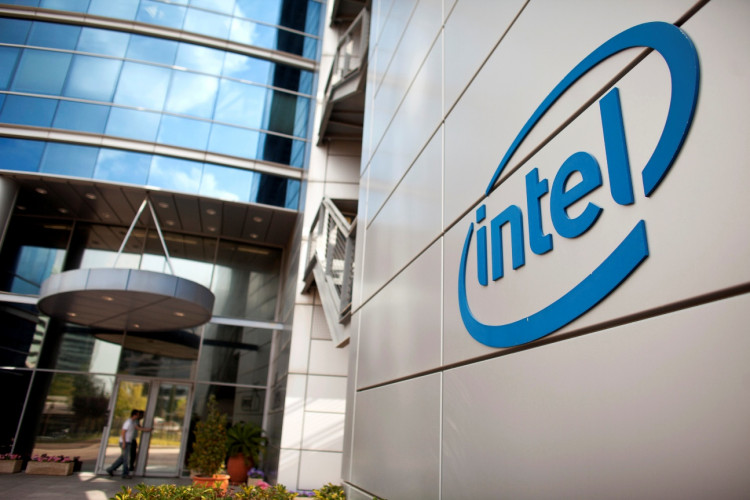Tech stalwart Intel is keeping up with the graphics chip race with the announcement of their Xe graphics architecture for their data centers. Slated for a 2020 release, these graphics cards are stated to support and provide ray tracing acceleration that will cater to their creative market.
A significant improvement in rendering graphics, the ray tracing technology Intel is offering to support essentially recreates how light works in real life. As light bounces off from objects in real life, it traces the said object and creates an image out of it. Ray tracing does this digitally, tracing the path of millions of simulated lights to create a realistic 3D image. While an amazing technique in itself, ray tracing has proven to be a difficult to recreate and was usually reserved for big-budget digital movies.
Intel's competitor Nvidia was the first to provide support for ray tracing with the release of the GeForce RTX series of graphics cards last September 2018. Aimed at the consumer market, these graphics cards have specific hardware that handle ray tracing in real time. This allows for supported games, like 'Shadow of the Tomb Raider' and 'Battlefield 5' to have better textures, reflections and an overall graphics upgrade.
As Nvidia targets the consumer market, Intel is focusing its initial efforts to digital creators and studios via their data centers. In a blog on Intel's website, senior principal engineer and senior director of Advanced Rendering and Visualization Team Jim Jeffords stated that digital studios are striving for maximum realism on their projects. These studios, like Pixar and Dreamworks, desire to create complex processing for different features like hair, cloths, and others so they can be as realistic as possible. By giving studios access to ray tracing via the data centers, visual effects in animated films and video games will get a significant overhaul.
While Intel is starting the service with their data centers, Tom's Hardware reports that the manufacturer intends to split their graphic solution services into two groups. This means a version for the consumer market will arrive soon after, directly competing with Nvidia on the market space.
Based in Silicon Valley, Intel has been in the business for at least 50 years. Currently sitting as the second largest and highest-valued semiconductor chip manufacturer in the world, the manufacturer provides processors, chipsets, motherboards, graphics chips, and other internal computer devices to companies like Apple, HP, Lenovo, and dell, among others.




